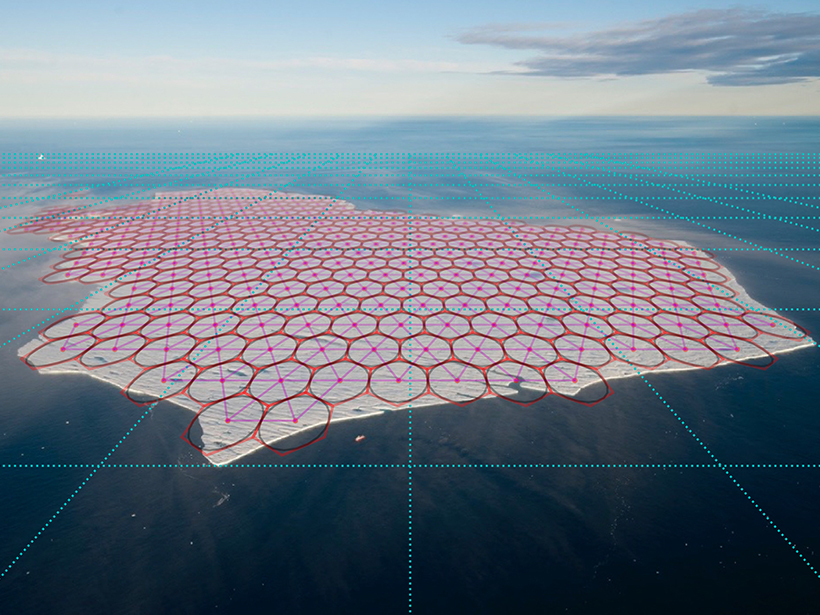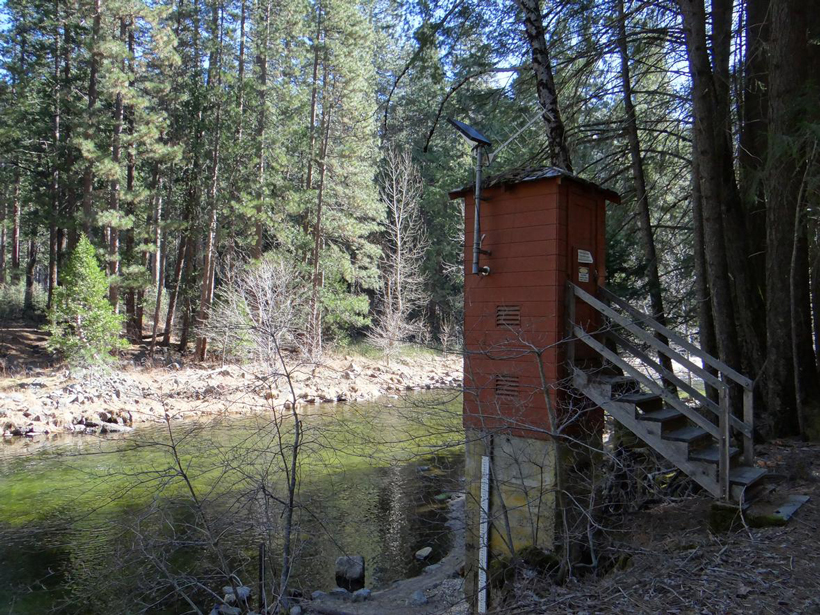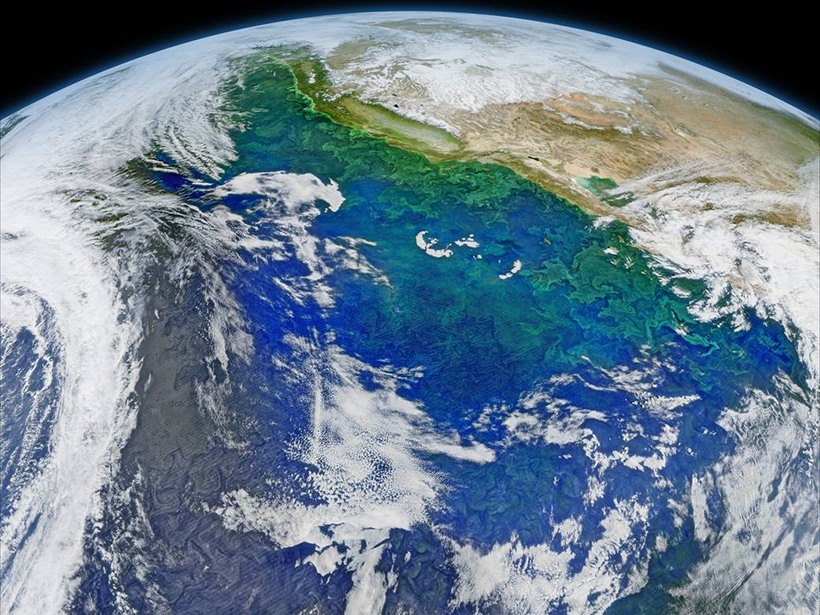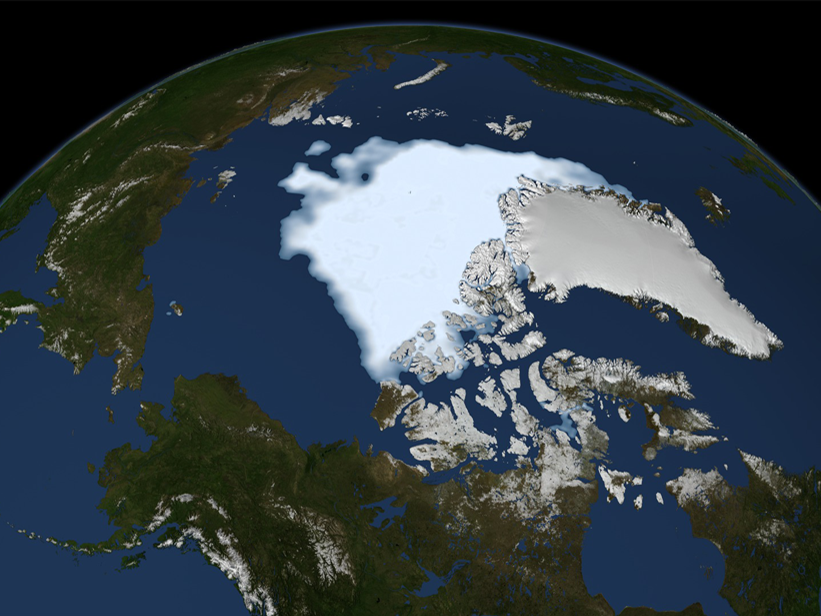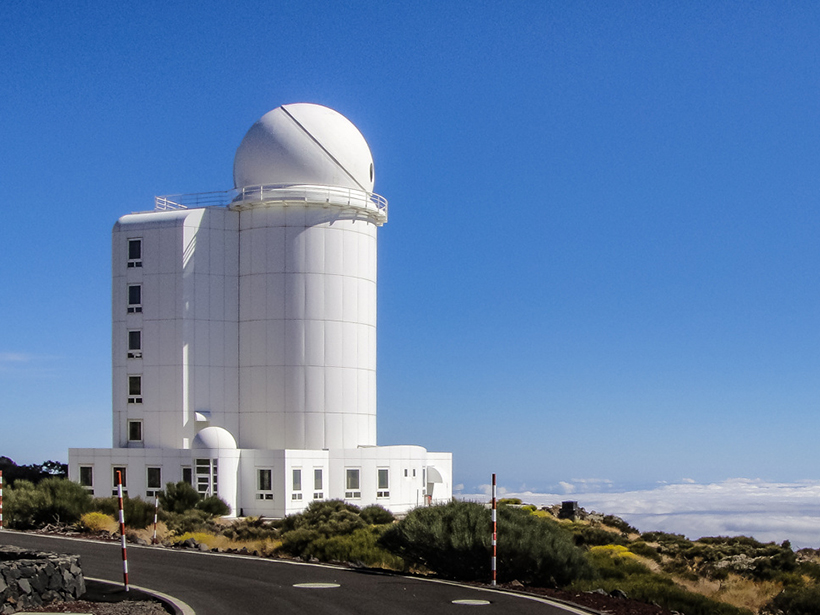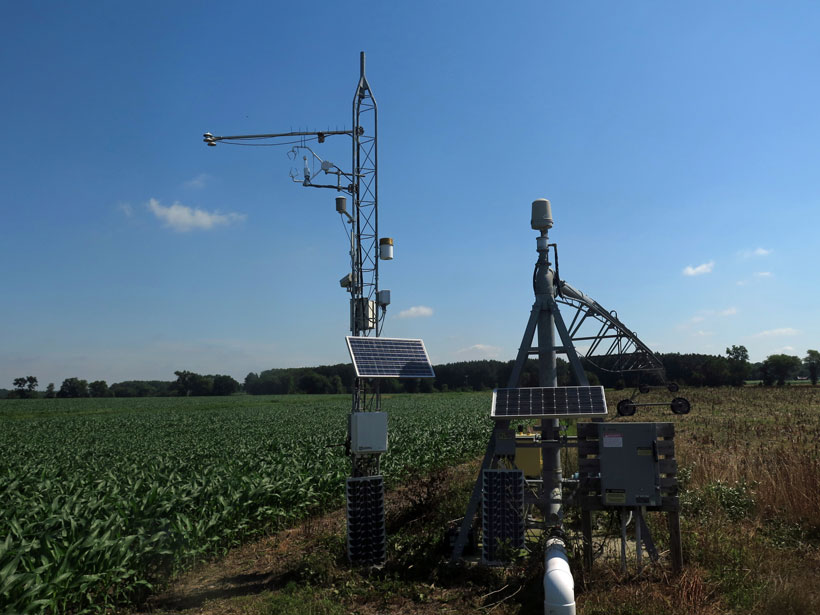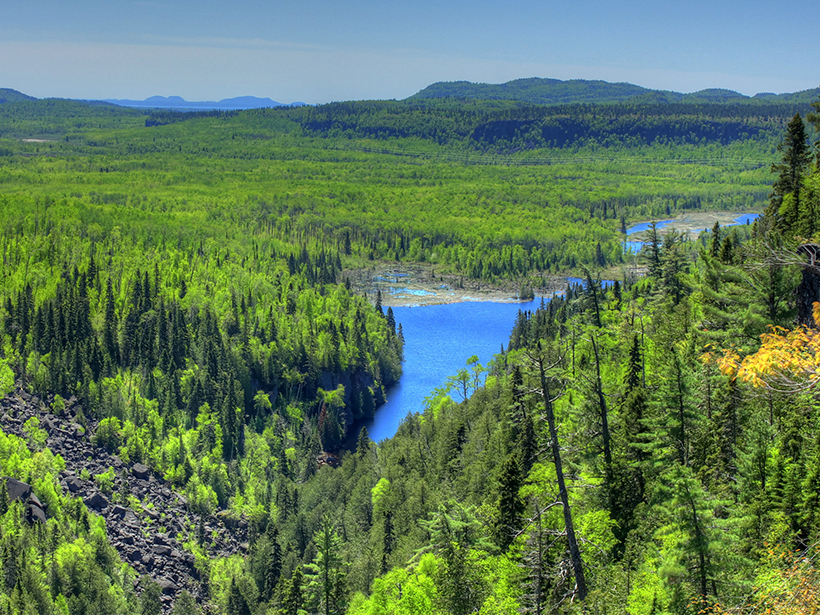New computer models capture the movement of the strongest auroral storms as they sweep across Earth at night, challenging scientists’ views of what drives them.
Research Spotlights
Research spotlights are plain-language summaries of recent articles published in AGU’s suite of 24 journals.
How to Find an Iceberg’s Breaking Point
Researchers develop a mathematical method of modeling tabular icebergs, like the one that broke away from an Antarctic ice shelf earlier this year.
Improving Water Resources Management from the Ground Up
The key to sustainable water resources management isn’t satellite technology yet—it’s a new spin on time-tested rain and stream gauges.
Powerful Pacific Forces Disrupt the California Current
Scientists create a 66-year data record to shed light on the role of El Niño in the California Current System’s shifting temperatures.
New Baseline for Understanding Arctic Oxygen and Nutrient Fluxes
Significant spatial and temporal patterns emerge from the first pan-Arctic comparison of oxygen demand in marine sediments.
Observing Mercury’s Brilliant Flares from Earth
Researchers make the first short-term observation of sodium flares in Mercury’s exosphere.
Tracking Meteor Trails to Study the Mesosphere
Twelve years of radar data reveal new phenomena in Earth’s upper atmosphere.
Blending Satellite Data to Monitor Agricultural Water Use
A new technique that merges data gathered by multiple satellites can be used to monitor agricultural water use and improve water quality assessments around the globe.
Offshore Wind Turbines Can’t Yet Withstand Category 5 Hurricanes
A new study suggests that more robust turbine design is needed to weather high winds.
The Future Hangs in the (Carbon) Balance
A new study suggests that Canada’s boreal forests could absorb more carbon than they release as climate change progresses.


